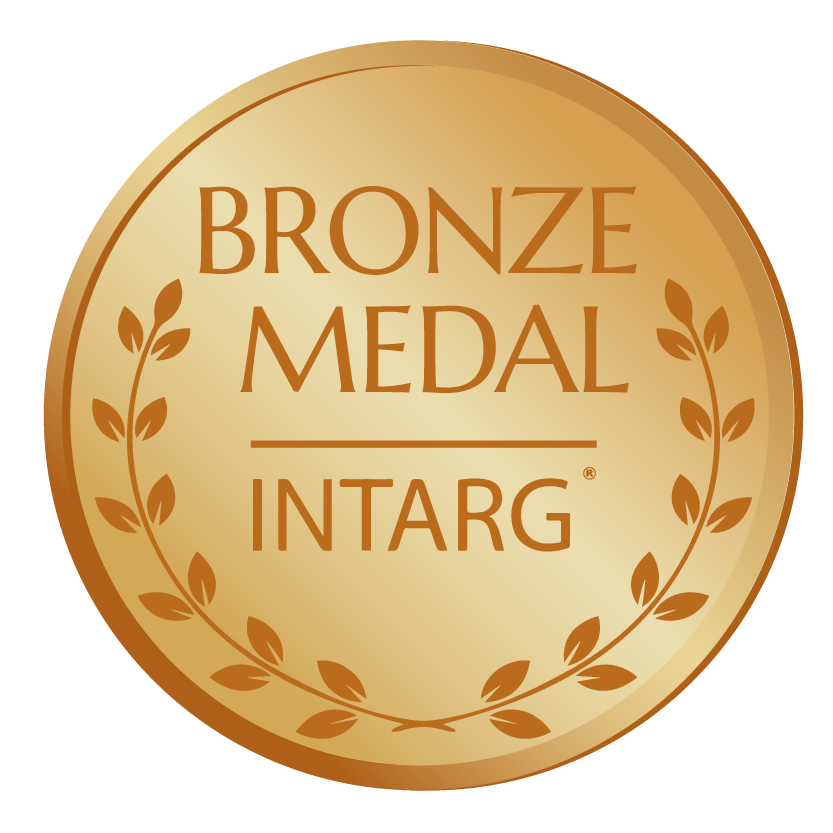Lista wynalazków
Prezentacja wynalazku
ZoP MANUFACTURING AND STUDYING THE SENSITIVITY OF MAGNETIC SENSOR TO DECTECT THE FOREIGN CELL IN THE BODY
autorzy: NGUYEN QUOC HUY, Class 10A1 Chem, HUS High School for Gifted Students, University of Science, Viet Nam National University.
The soft ferromagnetic materials are used for various applications such as distribution transformers, power electronic and conditioning equipment and magnetic sensors. One of them is magnetic sensor (GMI sensor), which has a high sensitivity, equivalent to that of an SQUID device and operates at room temperature. The GMI effect is essentially a large change in the impedance Z's value of a soft magnetic material when an alternating current is passed, the material is placed in a direct current (DC) external magnetic field along the conductor. In the higher frequency range from 100 to1000 MHz, a huge reluctance effect will occur strongly on the surface of the material due to the influence of eddy currents. In this study, in order to optimize the GMI response in amorphous materials, we have investigated in amorphous ferromagnetic wires CoFeBSi, that prepared by the melt-spinning method. The amorphous wires were annealed from 300 oC to 450 oC in 30 minutes. The nanoparticle Fe3O4 with an average size 10nm, which was synthesized by decomposition method from organic precursors. The plastic, stands sizing 3x2x10 mm3, contains different mass of Fe3O4 from 10 to 40 mg, and is placed 1mm far from the wire tip. To evaluate the magnetic sensitivity of material, we determined the variation value of R (or ΔR) of magnetic wire sample by measuring R of its wire without ferromagnetic nanoparticle Rblank and when containing magnetic nanoparticle Fe3O4, which is placed next to magnetic wire Rcontain. The sensor can detect weak magnetic fields in the range of 19-48 mOe under normal conditions with an accuracy of about more 95%. This sensor is very sensitive and can apply for detecting the foreign cell in the body.

Giełda wynalazków
Medal

Brązowy Medal
Ochrona własności intelektualnej
Know how
poziom gotowości technologicznej
TRL 5 prototyp







